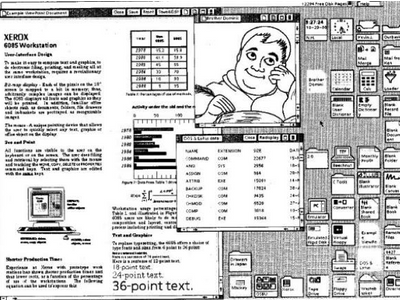JavaScript for interaction programming, callbacks, synchronous and asynchronous code, functional programming.
Web development interfaces (API): REST, JSON, AJAX, Fetch, Promises.
Local data: cookies, local storage.
User interfaces, appearance: HTML, CSS, DOM API, other tree based frameworks for user interfaces (e g Android).
User interfaces, interaction: events, event levels, event propagation, event management.
User interfaces, architectures: Model-View-Controller.
User interfaces, frameworks: React, Angular, Vue.
DH2642 Interaction Programming and the Dynamic Web 7.5 credits

Interaction programming gives the basic Model-View-Presenter principles for developing interactive applications. These principles can be applied to many desktop, mobile or web apps frameworks. The course currently applies these principles to web applications, using JavaScript, JSX, HTML, CSS and frameworks like React and Vue.js. These front-end applications use data from remote back-ends using web APIs.
Information per course offering
Choose semester and course offering to see current information and more about the course, such as course syllabus, study period, and application information.
Information for Autumn 2025 Start 27 Oct 2025 programme students
- Course location
KTH Campus
- Duration
- 27 Oct 2025 - 12 Jan 2026
- Periods
Autumn 2025: P2 (7.5 hp)
- Pace of study
50%
- Application code
50278
- Form of study
Normal Daytime
- Language of instruction
English
- Course memo
- Course memo is not published
- Number of places
Places are not limited
- Target group
- Open for all programs from year 3, and for students admitted to a master's program, provided that the course can be included in the program.
- Planned modular schedule
- No information inserted
- Schedule
- Part of programme
Master of Science in Engineering and in Education, year 5, TEDA
Master of Science in Engineering and in Education, year 4, TEDA
Bachelor's Programme in Information and Communication Technology, year 3
Degree Programme in Information and Communication Technology, year 3
Degree Programme in Electronics and Computer Engineering, year 3
Contact
Course syllabus as PDF
Please note: all information from the Course syllabus is available on this page in an accessible format.
Course syllabus DH2642 (Autumn 2021–)Content and learning outcomes
Course contents
Intended learning outcomes
Having passed the course, the student will be able to
- choose appropriate technical platforms or JavaScript frameworks to create useful data persistent interactive web applications or native applications
- program interactive web applications according to Model-View-Controller or related architectures
- program systems that read data from, and send data to, web interfaces with good use qualities
- assess and improve the usability of existing interactive web applications
- cooperate with others to implement interactive web applications.
Literature and preparations
Specific prerequisites
Completed course in programming technique equivalent to DD1337, DD1318 or ID1018.
Recommended prerequisites
Corresponding to the course Human-Computer Interaction, introductory course (DH1620/DH2620) and programming competence, elements of object-oriented programming.
Literature
Examination and completion
Grading scale
Examination
- PRO1 - Project, 4.5 credits, grading scale: A, B, C, D, E, FX, F
- LAB1 - Lab, 3.0 credits, grading scale: P, F
Based on recommendation from KTH’s coordinator for disabilities, the examiner will decide how to adapt an examination for students with documented disability.
The examiner may apply another examination format when re-examining individual students.
If the course is discontinued, students may request to be examined during the following two academic years.
Examiner
Ethical approach
- All members of a group are responsible for the group's work.
- In any assessment, every student shall honestly disclose any help received and sources used.
- In an oral assessment, every student shall be able to present and answer questions about the entire assignment and solution.
Further information
Course room in Canvas
Offered by
Main field of study
Education cycle
Supplementary information
In this course, the EECS code of honor applies, see:
http://www.kth.se/en/eecs/utbildning/hederskodex